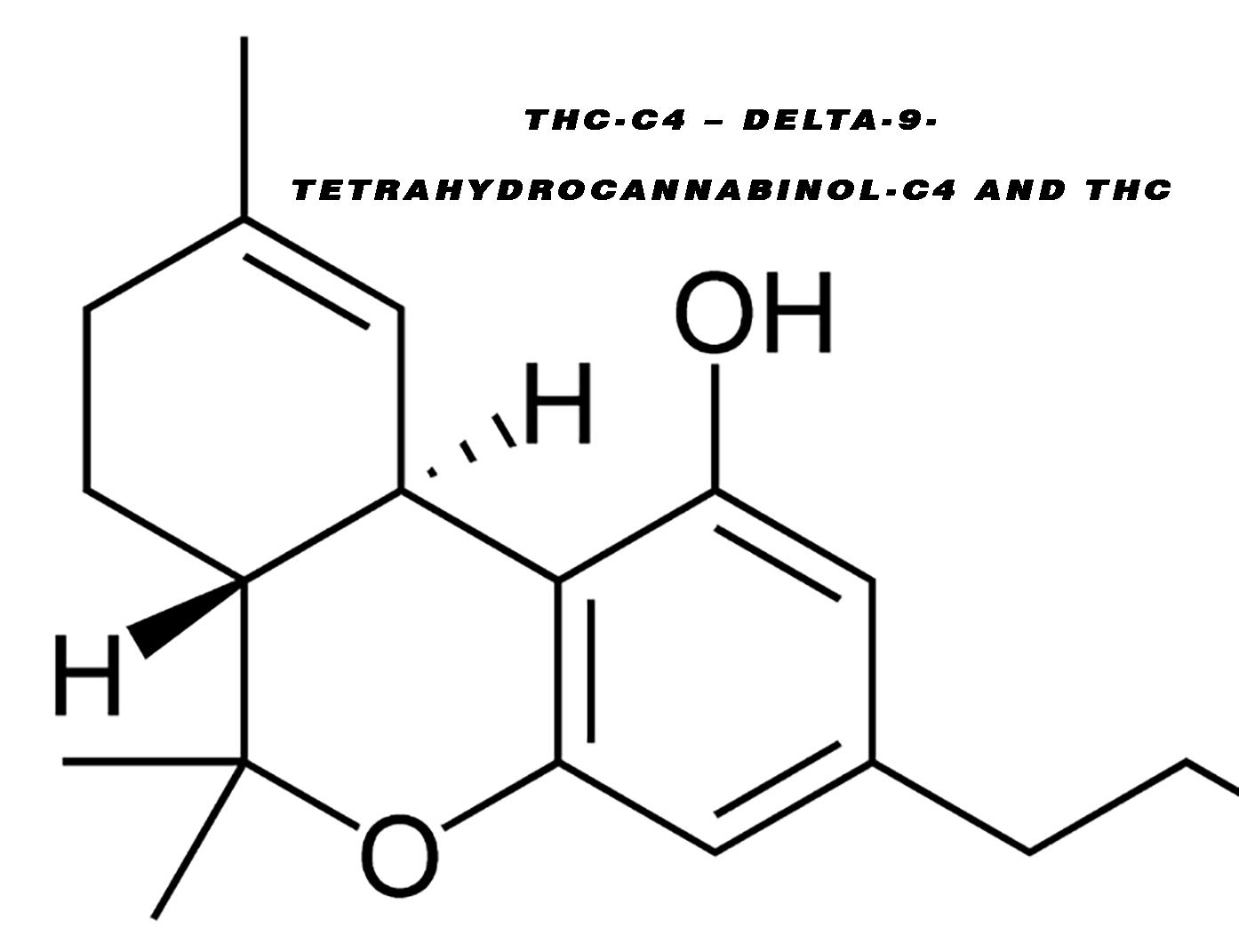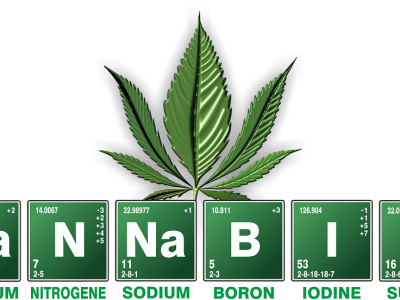THC-C4 – Delta-9-
Tetrahydrocannabinol-C4 and THC
Tetrahydrocannabinol – THC is also referred to as the Delta-9-tetrahydrocannabinol. It is a popular and primary component of marijuana or cannabis plant that is responsible for the plant’s psychoactive properties. THC is recognized as the secondary metabolite of the cannabis plant which also serves as a strong defense mechanism in order to prevent the plant consumption.
THC present in the cannabis plant must be heated to ensure its efficient utilization by the body. As we know the medical benefits or use of cannabis plant dates back to almost 16th century B.C. by Greeks, Romans, and Egyptians, an extract of cannabis that contained THC metabolites was initially discovered inside a tomb located in Israel. It was found on the remains of a woman who apparently died giving birth.
To your surprise, the archeologists who first discovered the tomb stated that cannabis extract apparently facilitated the birth process.
THC and Its Homologue
THC has a homologue that is known as the tetrahydrocannabinol-C4. It is also known as butyl-THC or THC-C4. It is the homologue of THC, an active and famous component of the cannabis plant. The only difference between them is that the pentyl side chain is replaced by a butyl side chain.
However, due to lack of research work, we don’t have much information about THC-C4. We cannot be certain if possess the same chemical properties and benefits as that of THC. It is unknown if the THC-C4 is a partial antagonist, antagonist or antagonist at the cannabinoid receptors.
THC-C4 has hardly been isolated from samples of cannabis plant but it still appears to be a lot less commonly present than THCV or THC. The homologue is metabolized in the same manner as that of THC. And just like THC, it also contains 7 double bond isomers as well as 30 stereoisomers. However, it is not yet scheduled by the Convention on Psychotropic Substances.
Molecular Formula of Delta-9-Tetrahydrocannabinol-C4
As stated earlier we don’t have much information about THC-C4 due to lack of research work or clinical trials to study its effects on the human body. However, the molecular formula is C20H28O2.
It has the molecular weight of around 300.442g/mol with the heavy atom count of 22.
Current Medical Use of THC
Even though CBD is the more popular constituent when it comes to cannabis and also therapeutic purposes, the more synthetic forms of tetrahydrocannabinol like Dronabinol are now approved for the treatment of issues like nausea, loss of appetite in chemotherapy, vomiting and AIDS patients.
There is a cannabis extract, Nabiximols that comes in the form of a spray and help cure the symptoms of other symptoms of multiple sclerosis – at the treatment-resistant stage.
We know that THC is the highly fat-soluble extract of the cannabis plant. This means that it possesses a preference for various lipid-rich tissues in the body such as brain, lungs, and liver.
Whether THC-C4 contain the same medical benefits or if it has its own distinctive properties, this can only be known by conduction more research to fully explore this cannabis substance.






